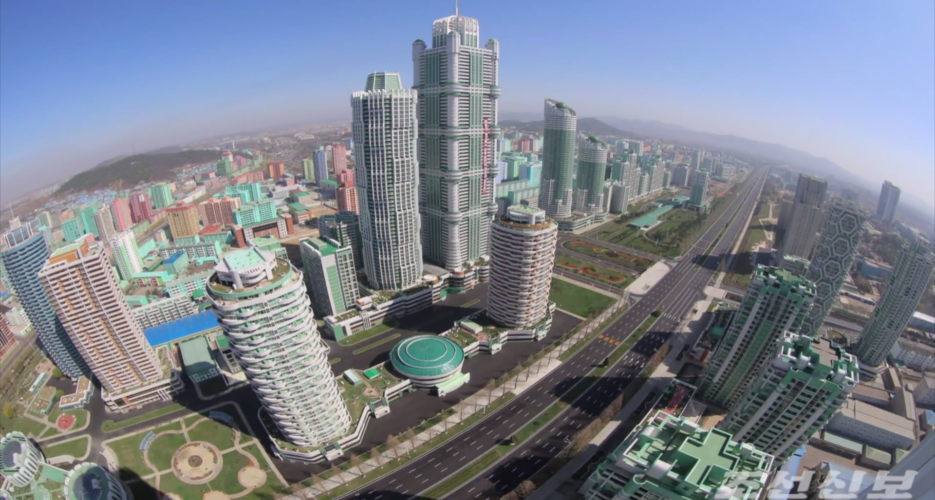About the Author
Damin Jung
Damin Jung was an NK News correspondent based in Seoul. She previously worked at the CSIS (Center for Strategic and International Studies) Korea Chair.

Get behind the headlines
|
Features Inside Pyongyang’s showcase Ryomyong StreetFour months after opening, pro-DPRK outlet hails development for its green technology  Like Pyongyang's Mirae Scientists Street, which was completed in November 2015, Ryomyong Street has been one of North Korea's most widely publicized projects since construction began in March 2016. Officially opened on April 13 this year, two days before the "Day of the Sun," the development has been hailed by state media as proof of the resilience of North Korea's economy in the face of international sanctions. © Korea Risk Group. All rights reserved. |